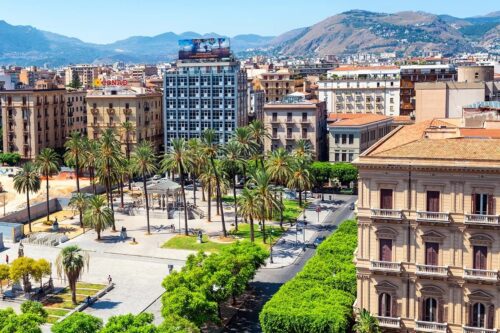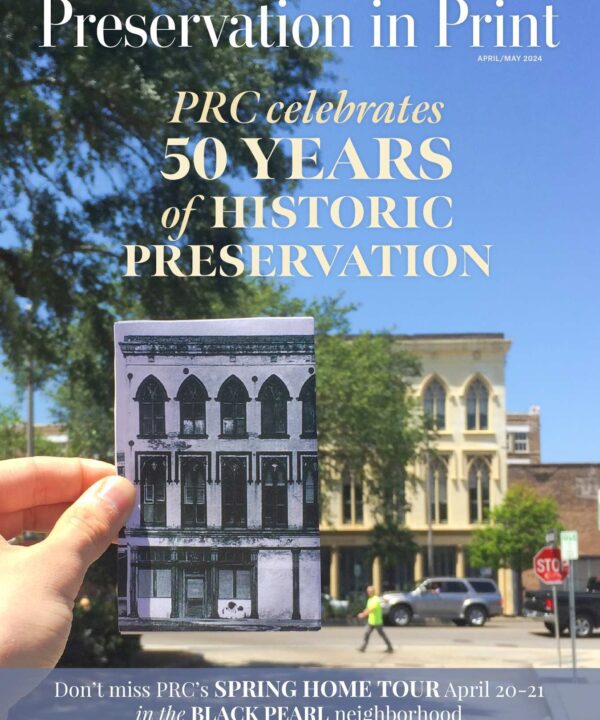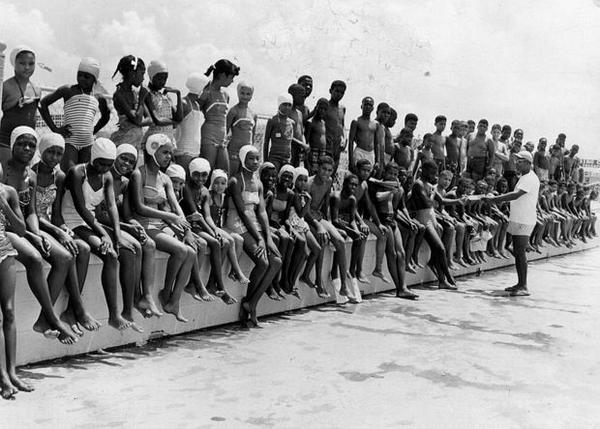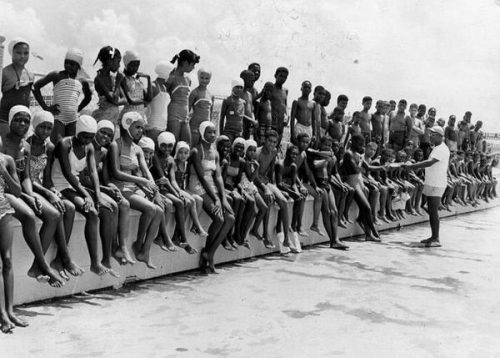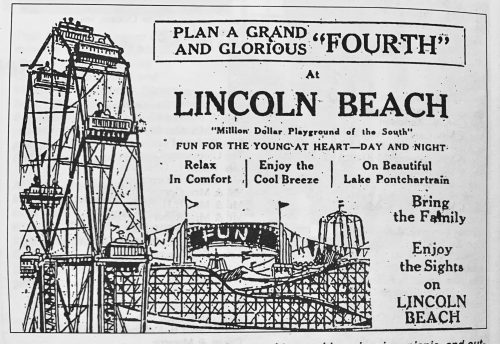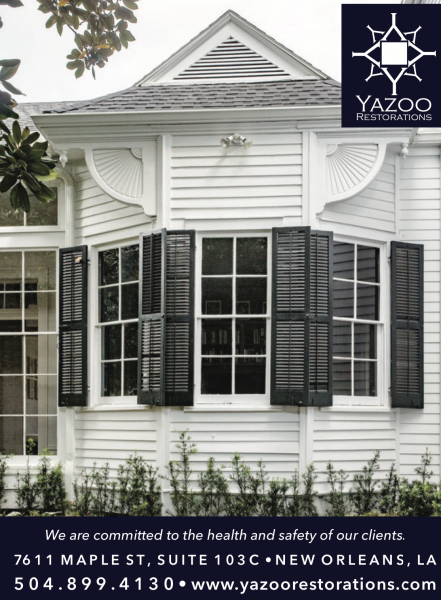This story appeared in the September issue of PRC’s Preservation in Print magazine. Interested in getting more preservation stories like this delivered to your door nine times a year? Become a member of the PRC for a subscription!
The years I remember best of Lincoln Beach were from approximately 1958 to 1963, when I was 6 to 11 years old. My experiences would always begin with the ride to the beach. Many times, my older brother, Ronald, and I would travel there on the church’s rental bus or on the YMCA’s bus, which was driven by an apparent race car driver named Teddy. I recall Hayne Boulevard: the road appeared to last for miles, and the ride seemed like it would take hours. It was like an expedition to another region. To the left were these cabin-like structures whose pillars disappeared into the water. I always wondered how did people get to their houses. What kind of people lived there?
Once we arrived, I was impressed with the Lincoln Beach signs, especially at night when they were lighted. They screamed the 1950s. Indeed, until a recent change, every time I passed by the Main U.S. Post Office parking lot sign adjacent to the Union Passenger Terminal, it reminded me of the Lincoln Beach signs. Added to the anticipatory giddiness were the large number of buses in the parking lot. There were numerous Greyhound buses and yellow school buses lined up throughout the lot. I always thought that there were people from around the world coming to the beach to enjoy themselves with me.
The main attractions, of course, were the rides and arcades. My favorites, especially when I was younger, were the boat and car rides that went around in circles, and the bumping car rides, where I could be like Teddy, the YMCA driver, wreaking havoc on others. I can still see the sparks coming from the top of the rods and smell the aroma of burnt electricity. I still smile when I think of the spinning cups, or whatever they were called, and watching in wonder the ups and downs, the twists and turns of the roller coaster. I loved the game in which you could shoot the bears. There was that victorious feeling when the bear was hit, and he would rise and turn in the opposite direction. The Haunted House was scary and fascinating.
The swimming pool experience was worthy of a chapter in itself — or maybe a trip to the child therapist’s office. I loved running through the jet streams of water that would bombard you from either side before entering the pools. However, before the streams and after you swam or waded, you had to dress in the bathhouse. I always abhorred that dank and what I considered dirty water on my feet.
There were two pools, a kid’s pool and a bigger pool for more advanced swimmers. I remember the occasion as a 6 year old, when the kids went up those high steps in the “adult” pool only to be thrown in the water while screaming by the YMCA’s swimming instructor. It was then that I made my first executive decision. I got out of the diving pool line and visited the kiddie pool, where I stayed for many seasons afterward.
My family would often visit the beach with their friends, the Duprees and their daughter, Dwan. We would eat at some place near the park, on Hayne I believe, that was invariably a fitting and enjoyable coda to the fun at the beach. I can still taste the Dickey’s potato chips while the adults would enjoy their beer. I was always impressed by the fashion with which the waiter or waitress would present the beer: an empty glass covered the bottle before the beer was poured.
I was aware of Pontchartrain Beach. WTIX and WNOE radio stations would play that “At the Beach” jingle throughout the day. My brother told me that Pontchartrain was more spacious with more rides, and that the roller coaster and the pool were higher, wider and deeper. However, while at LincoIn Beach, I never thought about their large pools or allegedly open spaces. I never thought about the lack of white people. I did think that for all the kids, teenagers and adults who I saw, Lincoln Beach was the most joyous place on Earth.
Photo 1: Generations of New Orleanians learned to swim at Lincoln Beach. Photo courtesy of the New Orleans for Lincoln Beach Facebook Page.
Photo 2: Advertisements, such as this one from The Louisiana Weekly, called Lincoln Beach the “Million Dollar Playground of the South.”
Advertisement
I remember first going to Lincoln Beach when I was around 12 years old. My family drove to the beach every Wednesday evening to swim in the pool. My father loaded the whole family, all five of us in the back of a pick-up truck, and we would ride the rides, play the arcades and go swimming. Afterward, we all went to eat seafood at Hart’s restaurant on Old Gentilly Road. My family owned an auto wrecking yard with a vending machine, and when Lincoln Beach had “Pepsi Day,” I supplied all of my friends with Pepsi bottle caps to get into the park with free admission.
What I remember is that it was a long ride to Lincoln Beach — no matter where you lived in the city. I’m originally from the Treme community. We had to catch three buses: the Galvez bus to the Franklin bus to the Hayne bus. It probably took an hour or more to get there. Most of us would go on weekends, and it cost 7 cents to catch the bus. No matter how long it took, though, I knew that when I got there, I would enjoy myself in that space.
The most exciting thing to do was to go to Lincoln Beach on Easter Sunday. As teenagers, that was where you wanted to go. My first boyfriend took me there on our first date on Easter Sunday. I was in the 10th grade. He paid for everything; he even paid the car fare. At Lincoln Beach, the amusement park was on one side of the highway, and on the other side, you had a shed and a jukebox. You had to go to the shed to dance and mingle.
After integration, I went to Pontchartrain Beach a couple of times, but not that often. I didn’t find Pontchartrain Beach as exciting as Lincoln Beach — because Lincoln Beach was for us.
Read more:
City assesses the feasibility of reopening Lincoln Beach, the historic waterfront park built during segregation
New Orleans residents remember Lincoln Beach
Advertisement

